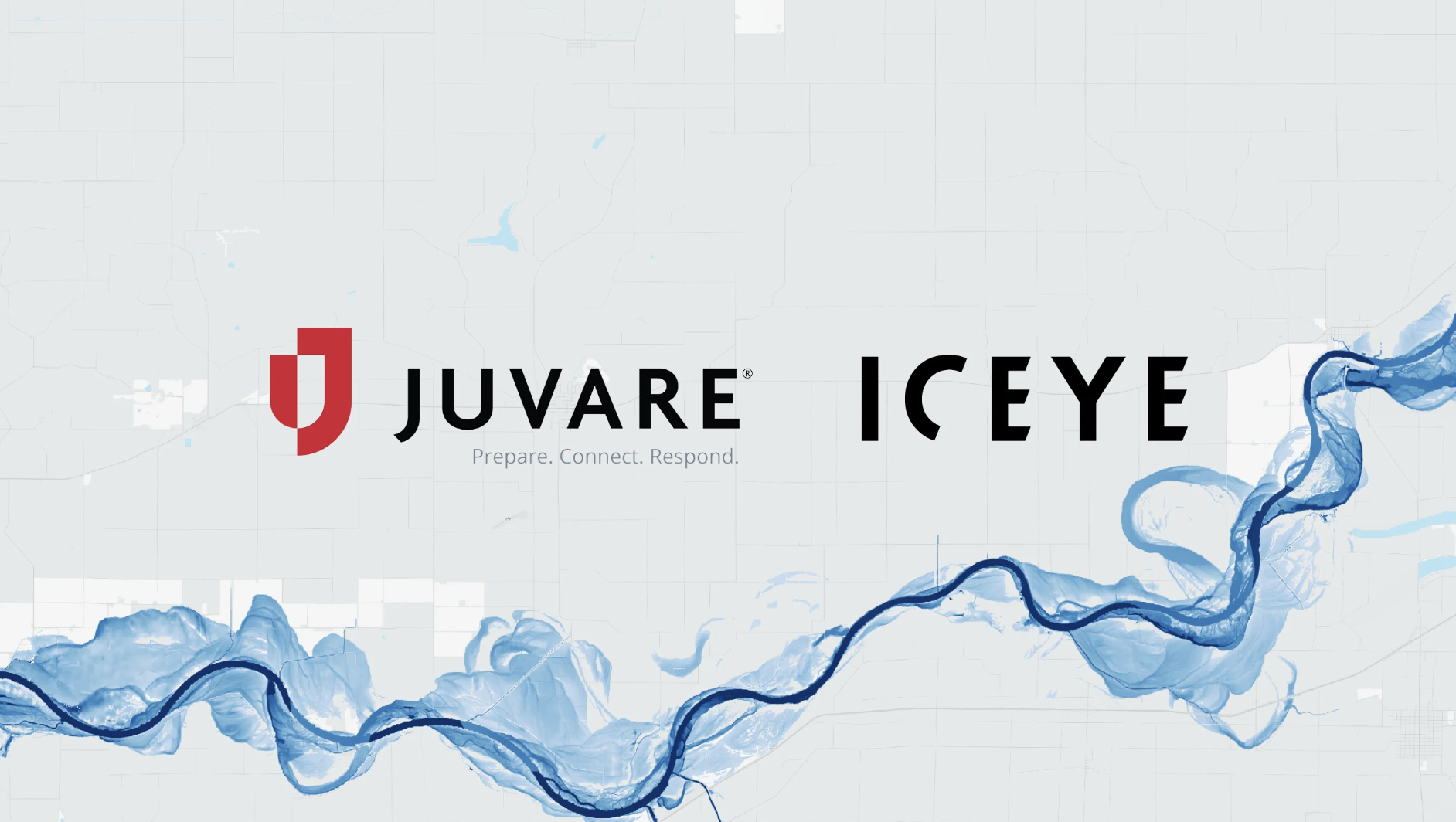The number of major events in 2020 has caused many organizations to step back and reassess how they can more effectively perform emergency preparedness and response activities. This is especially true of college and university campuses as they have been challenged more than ever by the increased variety of health and safety threats.
 Leadership at higher education institutions, like many other organizations, shut down operations at the onset of the COVID-19 pandemic; and while some have resumed on-campus operations and sports activities (although with limited numbers of spectators), many are still conducting classes remotely, or are prepared to return to all-remote classes if necessary.
Leadership at higher education institutions, like many other organizations, shut down operations at the onset of the COVID-19 pandemic; and while some have resumed on-campus operations and sports activities (although with limited numbers of spectators), many are still conducting classes remotely, or are prepared to return to all-remote classes if necessary.
Additionally, in recent years colleges have responded to a growing number of crises including those caused by natural disasters like hurricanes, storms, flooding, and wildfires, as well as the possibility of human-caused incidents such as campus violence, active shooter situations, and cyberattacks.
So, with all of these ongoing threats to campus safety, it would seem that upgrading emergency management technology would be an easy decision. However, with campuses shutting down resulting in reduced operating revenues, higher education budgets are tighter than ever. And there is always stiff competition for funding from a number of other significant and deserving projects and needs.
 Emergency managers in higher education looking to upgrade an emergency management platform have to put together a compelling case to convince the institution’s leadership who may feel that current processes are adequate. Number one, you need to demonstrate that “adequate” is not good enough when it comes to protecting the health and safety of students, faculty, and staff. You also need to be able to show the benefits of emergency management in financial terms as a good investment.
Emergency managers in higher education looking to upgrade an emergency management platform have to put together a compelling case to convince the institution’s leadership who may feel that current processes are adequate. Number one, you need to demonstrate that “adequate” is not good enough when it comes to protecting the health and safety of students, faculty, and staff. You also need to be able to show the benefits of emergency management in financial terms as a good investment.
One question you should answer is how does emergency management solve business problems at your institution. How could the shortcomings of your current system impact your school in the short term or in the long term?
We’ve already seen through the COVID-19 pandemic how a major disruption in regular operations can have a significant impact. According to The Chronicle of Higher Education, many schools have seen enrollment shortfalls, and a report from the National Association of College and University Business Officers (NACUBO) reported record numbers of tuition discounting in 2020.
So, how will a disruption or a shutdown like those we’ve seen during the pandemic affect revenue from tuition or future growth? Will your institution need to offer refunds, or lay off faculty or staff? How will a crisis affect endowments or the school’s brand reputation?
Another problem to consider, particularly with natural disasters is the cost of damage to equipment, property, and facilities. How do your current emergency management processes help mitigate these damages?
In a survey of emergency managers at higher education institutions that we conducted last year, our respondents said the top concerns on their campuses were infrastructure disasters and active shooter incidents. Colleges and universities need strong processes and capabilities to respond quickly in these types of incidents as well as to communicate with everyone affected and collaborate effectively with emergency responders.
Upgrading your school’s emergency management platform solves a multitude of problems by giving you more effective, comprehensive preparedness and response capabilities, which can be used in day-to-day incidents, large-scale planned events, unexpected emergencies, and a wide variety of incidents that can threaten the health and safety of students, faculty, and staff.
Modern emergency management technology also gives your institution’s leadership more effective situational awareness of events as they happen, which leads to quicker, more decisive action to save lives, minimize the length and severity of operational disruptions, minimize damage to property and facilities, and safeguard the institution’s brand reputation.
As you consider how to make your emergency preparedness and response more effective, we want to help you make a solid and persuasive case for the best critical incident technology available to protect your campus.
To get started, download our white paper, “What’s Your Plan: Making the Business Case for Emergency Management Technology for Higher Education Institutions.”


















